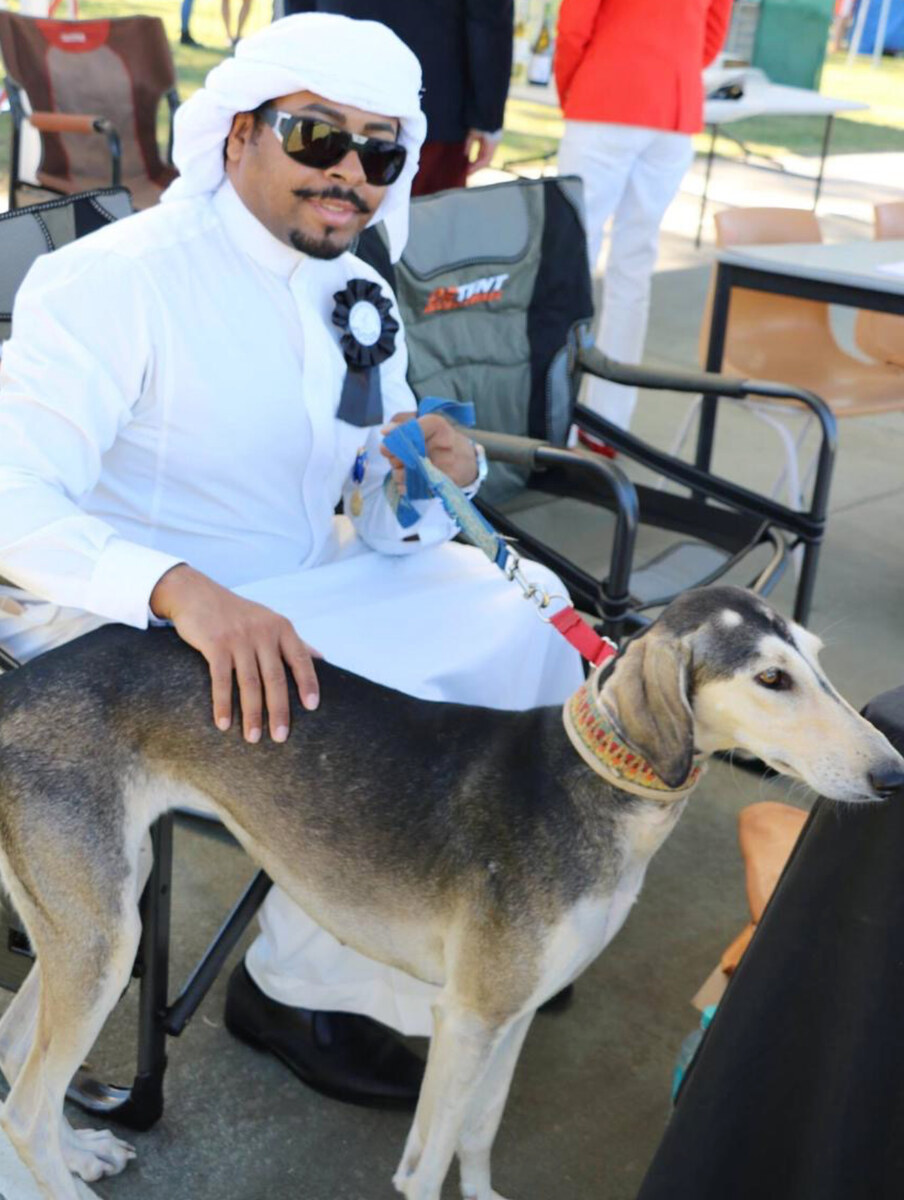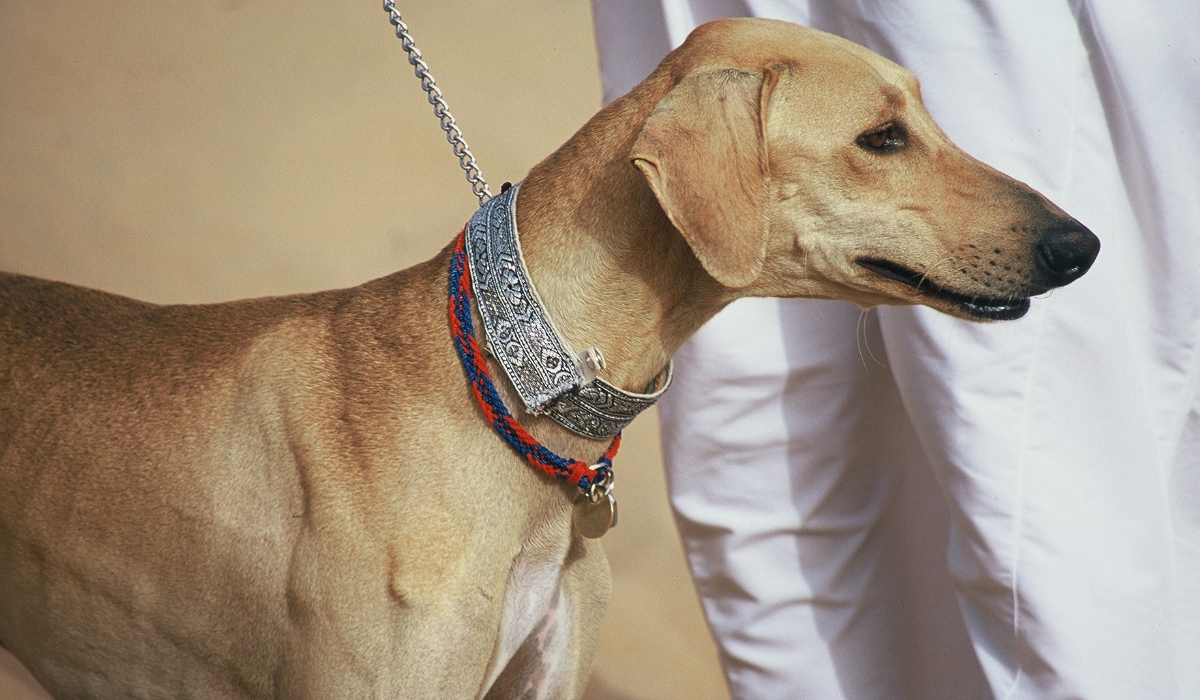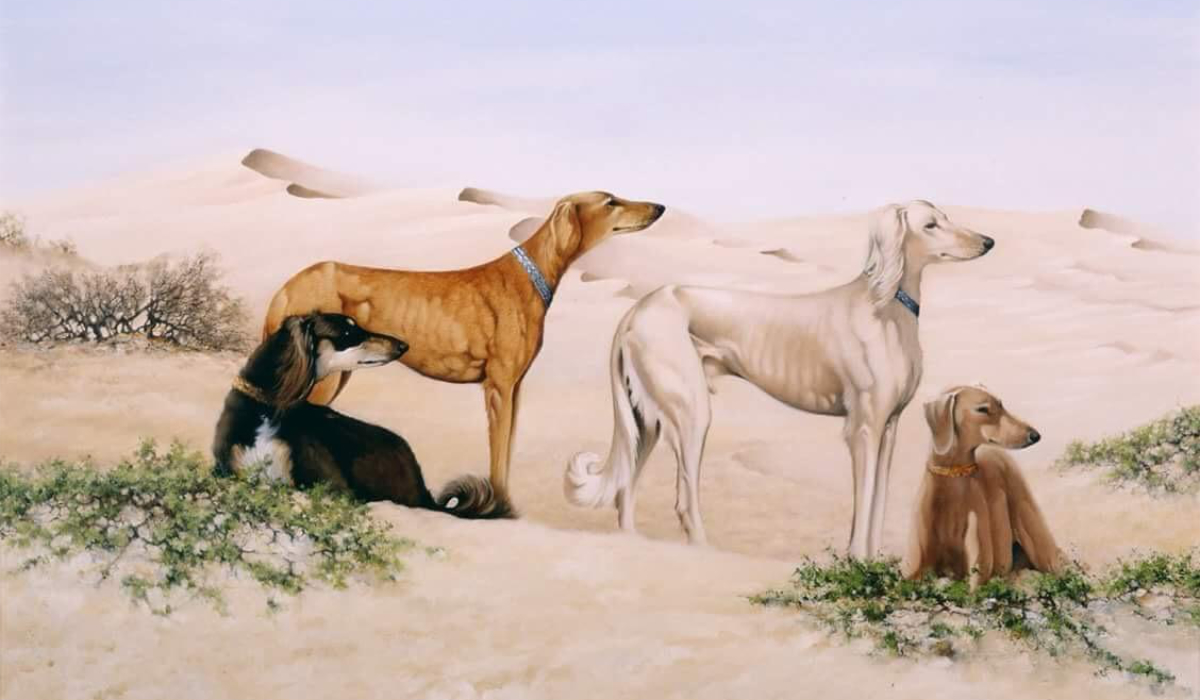RIYADH: Salaries, allowances and other payments to public servants will now be paid according to the Gregorian calendar in order to be aligned with the country’s fiscal year, according to a recent decision by the Council of Ministers.
On Wednesday the Cabinet agreed to switch from the Hijri calendar for payment of salaries, wages, bonuses and allowances to all civil sector employees.
The decision to switch from the lunar-based Hijri calendar to the solar-based Gregorian calendar was effective Oct. 1 and brought the government sector in line with the payment of wages in the private sector.
The government move evoked a mixed reaction.
Concerns were expressed about the banking network’s ability to cover all cash withdrawals on the first day that salaries are paid. Not only will this be an unprecedented situation in the history of the country, but it will also coincide with the date of deposit of the salaries of private sector employees.
According to the Sabq.org online portal, while concerns have also been raised about the effects on shopping operations on the first day of salary deposits, a financial analyst at Bank Albilad, Turki Fadaak, reassured the public of the reliability and absorptive capacity of the banking system and its ability to deal with the change.
“I do not think that the shift to the Gregorian calendar will have any impact on banking systems and operations,” he said.
He noted that the population of Saudi Arabia is a little over 30 million, a figure that cannot be compared to some developed countries which have populations far beyond that and yet experience no problems.
He said there was a sufficient number of ATMs in the Saudi market and that they would be able to cope with the rush of withdrawals if that happens.
As to whether he believes restricting loan operations to a single day by banks will affect banks’ performance in the 29 days that follow the payment of public and private sector employees, he said: “On the contrary, it will lead to greater efficiency in the use of revenues and standardization.”
Faisal Al-Zahrani, a former public servant who was employed in a ministry, said that this was a new adjustment made by the government in order to rationalize its budgeted expenditures. After the payment of the first month’s salary, payments will automatically be adjusted, he said.
Naif Al-Rasheed, a senior journalist in Riyadh, told Arab News that the new system comes in the context of the government’s rationalization program.
“The move is also seen as a positive gesture to serve the interests of the citizens,” he said.
Reacting to the decision, Mohammed Zeyad, a public relations executive, said the shift to the Gregorian calendar was in response to the decision made by the government earlier this week as part of spending cuts.
He added that some of his friends working in the government sector were concerned that under the new decision, they would lose 11 days of payment.
The Hijri calendar is made up of 12 months of 29 or 30 days, depending on the sighting of the moon. The Hijri year has 354 days, 11 days shorter than the Gregorian year which is made up of 12 months of 30 and 31 days, totaling 365 days in a year.
KSA switches to Gregorian calendar
KSA switches to Gregorian calendar

The Bedouin’s best friend: Saudi saluki center works to preserve at-risk breed

- The Arabian saluki dates back 5,000 years but faces the threat of extinction due to crossbreeding, the loss of traditional desert habitats and lifestyle changes in region
- International Aseel Arabian Saluki Center aims to raise awareness of breeding standards and offers support for owners, including training and veterinary services
RIYADH: The Arabian saluki, which is believed to have originated in the Middle East, is one of the oldest purebred dogs in the world. It has been a loyal companion to Bedouin peoples dating back at least 5,000 years.
Now, however, it faces the threat of extinction as a result of crossbreeding but the International Aseel Arabian Saluki Center in Saudi Arabia is working hard to ensure it survives.
Unlike some breeds that rely primarily on sense of smell for hunting, salukis are sighthounds, meaning they visually identify prey. Known for their agility, intelligence and an impressive ability to take down prey, salukis long served Arab Bedouin tribes as hunters.

Fahad Al-Farhan, the president of the IAASC, explained the significance of the saluki to the region.
Arabian salukis are “deeply rooted in our culture and one of our main symbols of our national identity with falcons, Arabian horses and camels,” Al-Farhan told Arab News.
“The Arabian saluki and the traditional way of hunting is a vital part of Arabian culture and heritage.
FASTFACT
The Arabian saluki dates back 5,000 years but faces the threat of extinction due to crossbreeding, the loss of traditional desert habitats and lifestyle changes in region.
“In the old days, salukis were indispensable hunting companions, securing the existence of many of the Bedouin families.
“They are graceful and fast and they distinguish themselves with their endurance.”

He noted the loyalty of the breed, quoting a proverb that states: “Only the owner sees the true face of a saluki.”
The animals are very attached to their families and loyal to their masters, said Al-Farhan, who is also president of the World Aseel Arabian Saluki Organization and the Saudi Kennel Club Union.
“Although the Arabian salukis are natural born hunters, they are calm and even-tempered representatives of their species,” he added.

“They are also very curious and you even get the impression that they have a great sense of humor.”
However, the rapid economic growth of the region in the modern era has endangered the natural desert environments that were the traditional habitats not only of the saluki but other Arabian species including falcons, horses and camels, he warned.
“The deserts and Arab lifestyles that created the circumstances in which the Arabian horse, camels and the saluki flourished now no longer exist,” Al-Farhan said
“As a part of the cultural heritage of Arabian hunting, Bedouins have been breeding Arabian salukis for thousands of years (but) the saluki may be lost to our future generations unless steps are taken to preserve it.”
The Arabian Aseel Saluki Center in Saudi Arabia has a long list of members that includes saluki owners abroad, Al-Farhan added, and it works to raise public awareness of breeding standards.
It offers veterinary services worldwide, including health checks and vaccinations, health certificates, micro-chipping and DNA testing, together with advice about grooming and travel arrangements for owners moving their dogs to another country.
Al-Farhan said that the IAASC is working to register the Arabian saluki on UNESCO’s Intangible Cultural Heritage List, which recognizes and helps to preserve endangered cultural traditions and practices.
“We believe that the inscription of the Arabian saluki hound of Arabia (on the UNESCO lists) will promote the visibility of its heritage locally and worldwide,” he added.
Desert truffles: Saudi Arabia’s buried treasure

- Truffles offer various benefits beyond their culinary value. Their water is traditionally believed to have medicinal properties for eye ailments, based on a saying attributed to the Prophet Muhammad
QASSIM: A prized wild fungus found under the desert sands is popping up at markets across the Kingdom as Saudi Arabia’s truffle season is in full swing.
The central region of Qassim is a leading center for the cultivation of the desert truffle, known by its scientific name Terfeziaceae, or in Arabic as fage, as reported by the Saudi Press Agency.

Several natural environmental factors contribute to the area’s proliferation of truffles, including fertile soil, untouched land, access to fresh water, climate, and the presence of the sunrose or raqrooq plant, particularly in the northern Qassim areas of Shari and Al-Sa’ira.
Local farmer Abdulkarim Saleh Al-Rasheed harvests truffles found near the sunrose plant thriving in lowlands adjacent to wheat fields irrigated by overflowing pivot sprinklers.

He said that the emergence of truffles had coincided with the cessation of thunderstorms accompanied by lightning, a phenomenon traditionally linked to truffle growth.
Al-Rasheed told SPA that successful cultivation depended on irrigation timing, water salinity, soil fertility and temperature, each playing a crucial role.
For truffles, the optimal temperature is measured ten days after the typically mild “Wasm” season beginning in mid-October.
In northern Qassim, this translates to nighttime temperatures between 15 and 20 degrees Celsius.
Irrigation typically begins around Sept. 25 in areas where the sunrose plant is present, with truffles beginning to appear about 50 days later.
He added that cultivated truffles in northern Qassim typically begin to appear around Nov. 20.
Truffles offer various benefits beyond their culinary value. Their water is traditionally believed to have medicinal properties for eye ailments, based on a saying attributed to the Prophet Muhammad. They also serve as a natural food source for grazing animals.
The Qassim Truffle Festival, currently in its fourth year, is a marker of the region’s truffle production.
The ten-day festival features 18 booths showcasing truffles, a dedicated auction area, 32 booths for local producers, and other exhibits featuring dates, honey, food products, and related activities.
Poetry in spotlight at Jazan forum

- This year’s forum featured the participation of over 25 poets representing various poetic schools
JAZAN: The Sixth Poetry Forum was launched at the Jazan Literary Club on Thursday. The event forms part of the Jazan Winter Season 2025 and was held at the Grand Millennium Gizan Hotel. Yahya Al-Ghazwani, the secretary of the Jazan region and general supervisor of the winter festival, attended the event.
Hassan Al-Salhabi, the club’s president, spoke of the forum’s success over the past five years, which has boasted the participation of more than 200 poets.

He also mentioned the honoring of several literary figures in the Kingdom and the presentation of specialized critical studies on prominent poets.
This year’s forum, which ran for two days, featured the participation of over 25 poets representing various poetic schools, further enriching the cultural movement on the local literary map.
The opening included an artistic performance titled “Inspiration of Mirrors,” and the honoring of several participating writers and poets.
Two poetry sessions were held on the first day of the forum, featuring 10 poets who presented a variety of works in front of a large audience.
Saudi Arabia takes up position as secretariat of global coral reef body

- Coral reefs sustain 25 percent of the world’s marine biodiversity and generate an estimated $9.9 trillion annually in ecosystem services
JEDDAH: Saudi Arabia on Friday officially assumed its position as secretariat of the International Coral Reef Initiative, an organization that works to protect the planet’s coral reefs.
Representing 102 members and 45 countries responsible for 75 percent of the world’s reefs, ICRI plays a role in tackling environmental and economic challenges facing these vital ecosystems.
The virtual handover ceremony was attended by international representatives, including Peter Thomson, the UN’s special envoy for the ocean, as well as representatives from organizations such as the International Union for Conservation of Nature and the US State Department.
The Kingdom’s tenure as head of the body was confirmed during the ICRI’s 38th General Meeting in September 2024 and will be led by the Kingdom’s General Organization for the Conservation of Coral Reefs and Turtles in the Red Sea, also known as SHAMS.
“Saudi Arabia’s role as ICRI secretariat underscores our unwavering commitment to a sustainable future for coral reefs worldwide,” said Dr. Khaled Asfahani, CEO of SHAMS and chair of ICRI. “Through science, innovation, and collaboration, we aim to protect these vital ecosystems, ensuring their resilience for future generations while maintaining their invaluable contributions to the global economy.”
Coral reefs sustain 25 percent of the world’s marine biodiversity and generate an estimated $9.9 trillion annually in ecosystem services, from fisheries to tourism.
Yet, they are under siege from climate change, pollution, and overfishing. With Saudi Arabia at the helm, ICRI will craft its 2025–2027 Action Plan to address these threats.
The plan seeks to expand membership to include countries representing 90 percent of global coral reefs, strengthen regional collaborations in the Red Sea, South Asia, and East Africa, and integrate reef resilience into global biodiversity policies.
Hail deputy governor receives FIA president

- The meeting was attended by Chairman of the Saudi Automobile and Motorcycle Federation Prince Khalid Bin Sultan bin Abdullah Al-Faisal
HAIL: Hail Deputy Gov. Prince Faisal bin Fahd bin Muqrin bin Abdulaziz received FIA President Mohammed bin Sulayem at the Al-Maghwa Park on Friday.
The meeting was attended by Chairman of the Saudi Automobile and Motorcycle Federation Prince Khalid Bin Sultan bin Abdullah Al-Faisal, as well as other security officials in the area.
During the meeting, Hail’s deputy governor praised the wise leadership’s support for the entities organizing international events and competitions in the Kingdom, with the follow up of the Minister of Sport and FIA’s president.



















